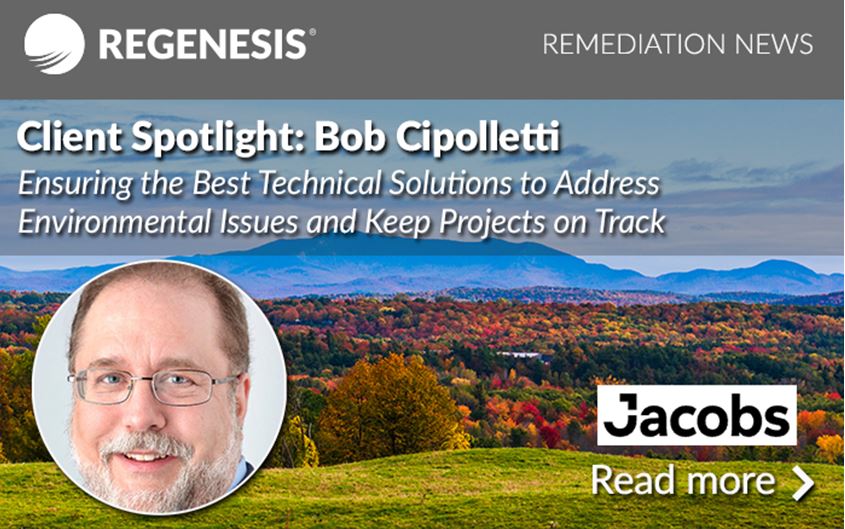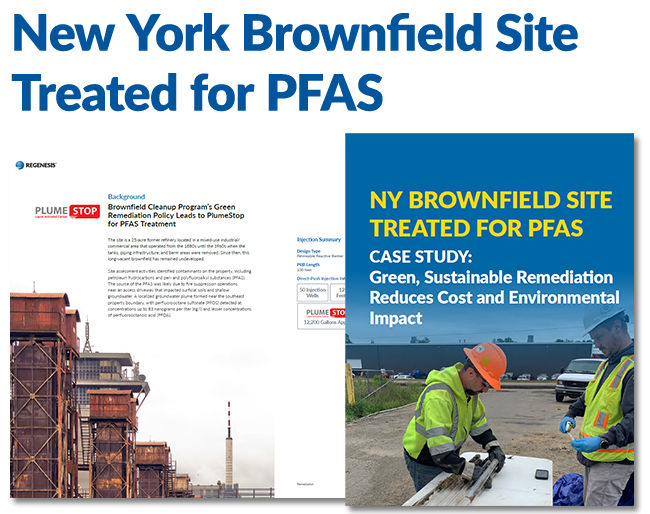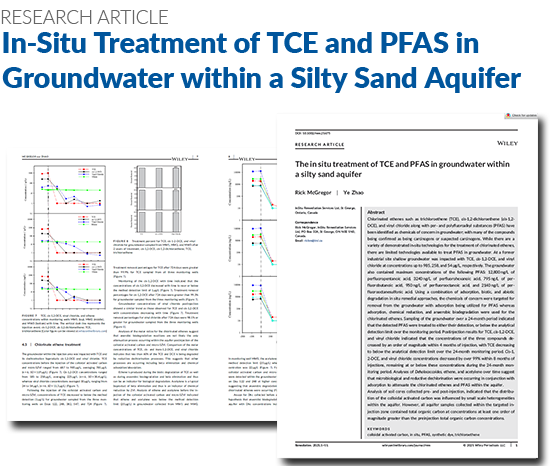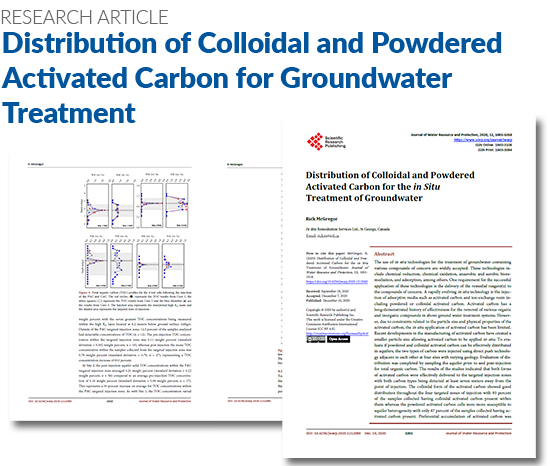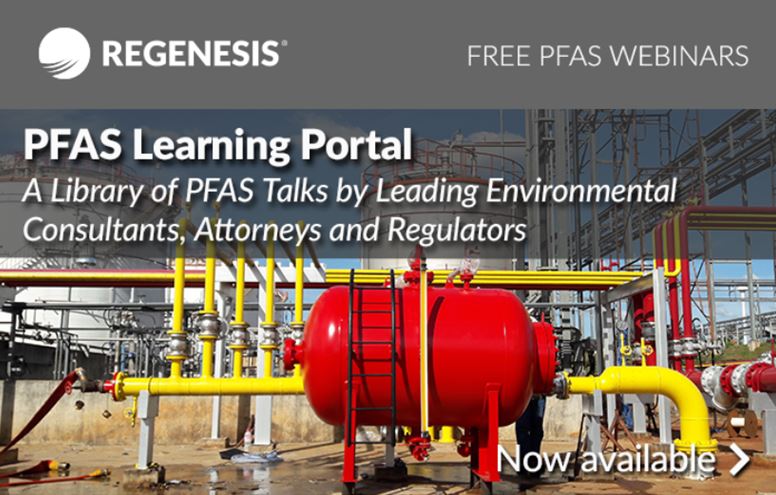October 2021 Newsletter
Client Spotlight: Bob Cipolletti
As a key member of Jacobs Engineering Group, Inc., Bob Cipolletti serves as Aviation Environmental Lead and Technology Manager for Jacobs’ Tier 1 Client Program, and as the firm’s Environmental Regional Solutions Leader for Jacobs’ North Region, in the Americas. In his current role as Technology Manager, Cipolletti is responsible for ensuring the best technical solutions and resources are provided for his clients’ projects, and at the highest quality standard. In his role as Aviation Environmental Lead, he is in charge of advancing the firm’s industry leading environmental solutions and capabilities with Jacobs’ airport client base.
Subscribe To Our Monthly Newsletters
Case Study: New York Brownfield Site Treated for PFAS
This case study reviews a 25-acre former refinery located in a mixed-use industrial/commercial area that was contaminated with PFAS. Benchmark Environmental Engineering & Science, PLLC & TurnKey Environmental Restoration, LLC (Benchmark & TurnKey), a leading engineering and redevelopment consulting company headquartered in Buffalo, New York, engaged REGENESIS for an in situ remedy that would effectively and economically cut off the plume and prevent migration of PFAS offsite.
Eliminate the Risk of PFAS with Colloidal Activated Carbon
In situ remediation with colloidal activated carbon eliminates risk of PFAS contamination in soil and groundwater at a low-cost. By coating flux zones of an aquifer with colloidal activated carbon, a permeable sorption barrier is created in situ, purifying groundwater as it passively migrates. PFAS constituents from up-gradient source zones are rapidly sorbed to the carbon and removed from the mobile dissolved phase. By removing PFAS from the mobile phase, the route of exposure to down-gradient receptors is eliminated, thereby eliminating the down-gradient public health risk associated with PFAS.
Third-Party Research Articles on Colloidal Activated Carbon and PFAS by Rick McGregor of IRSL
This article published in Wiley’s Remediation Journal reviews a case study of in-situ treatment of TCE and PFAS in groundwater at an industrial site within a silty sand aquifer. Using a combination of adsorption, biotic, and abiotic degradation in-situ remedial approaches, the chemicals of concern were targeted for removal from the groundwater with adsorption being utilized for PFAS whereas adsorption, chemical reduction, and anaerobic biodegradation were used for the chlorinated ethenes.
Third-Party Research Articles on Colloidal Activated Carbon and PFAS by Rick McGregor of IRSL
Third-Party Research Articles on Colloidal Activated Carbon and PFAS by Rick McGregor of IRSL
This article published in Frontiers in Environmental Chemistry reviews a case study of the effect of heterogeneity on the distribution of colloidal activated carbon (CAC) and subsequent treatment of PFAS at a site with a multiple aquifer system. The site’s geology varied from a silty sand to sand to fractured bedrock with all three units being impacted by PFAS and BTEX.
PFAS Learning Portal
Sign Up for the Upcoming Webinar with Leading Environmental Attorney Ned Witte
In this webinar we are pleased to have a special presentation from Ned Witte, Attorney at Godfrey & Kahn, S.C. Ned’s presentation will discuss collateral consequences of identifying PFAS as a CERCLA hazardous substance. This webinar takes place Thursday, October 28th, 2021 at 11am pacific / 2pm eastern.
Webinar Recording with North America Industrial PFAS Lead at AECOM John Cuthbertson Now Available
Questions?
REGENESIS has remediation experts based worldwide to assist you in your brownfield site cleanup. As the technology leader in advanced bioremediation solutions, we can help ensure success on your next remediation project. Use the map on our website to find your regional REGENESIS contact today.

